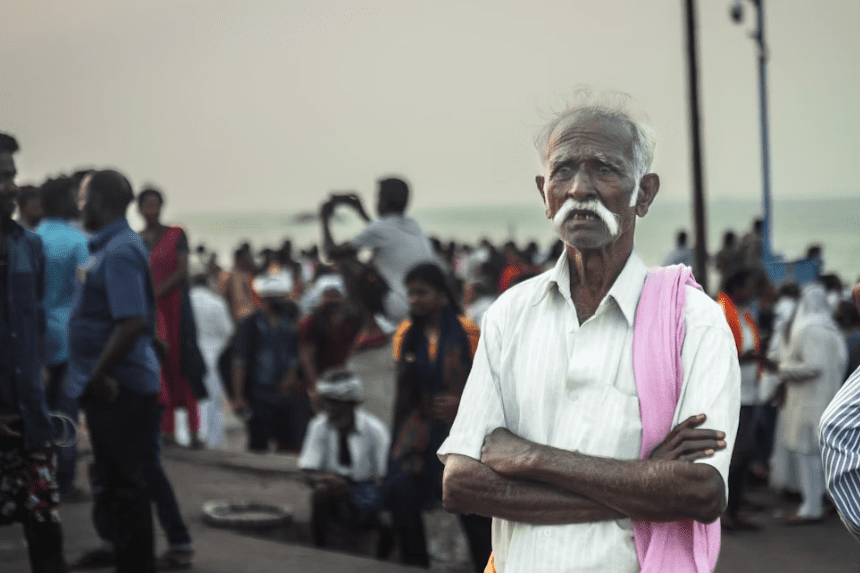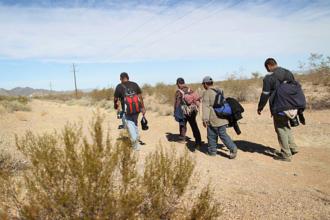The case of Bahison Ravindran has once again drawn attention to the struggles of stateless Indian refugees living in Tamil Nadu. Born in 1991 to Sri Lankan Tamil refugee parents who fled their homeland during the civil war, Ravindran grew up in India believing he was a citizen. He attended school, worked as a web developer, and held official identity documents, including an Indian passport.
- Why Do Children of Refugees Remain Stateless?
- How Widespread Is the Issue in Tamil Nadu?
- Why Has Citizenship Been Denied to Tamil Refugees?
- What Progress Has Been Made So Far?
- How Does Statelessness Impact Daily Life?
- What Role Do Politics and Society Play?
- What Needs to Be Done Next?
- Conclusion: The Urgency of Resolution
Yet, his belief was shattered when authorities informed him that his passport was invalid. Officials explained that he was not recognized as an Indian “citizen by birth” under the law. His situation is not unique; it represents the legal uncertainty faced by thousands of children born to refugee parents in India.
Why Do Children of Refugees Remain Stateless?
For many years, Indian citizenship laws were straightforward. Anyone born on Indian soil automatically became a citizen. However, this changed with an amendment to the Citizenship Act in 1987. Under the revised law, children born after 1 July 1987 would only qualify for Indian citizenship if at least one parent was an Indian citizen.
Since Ravindran’s parents were Sri Lankan nationals who entered India as refugees in 1990, he did not qualify. Despite living his entire life in India, his legal identity has been thrown into question. When he applied for citizenship through naturalisation, his past documents came under scrutiny, and he was even arrested. This situation is what places him among the many stateless Indian refugees.
How Widespread Is the Issue in Tamil Nadu?
Ravindran’s story is just one example of a larger humanitarian challenge. Tamil Nadu hosts more than 90,000 Sri Lankan Tamil refugees, many of whom fled during the violence and unrest of the 1980s and 1990s. These refugees settled in India because of cultural similarities, linguistic ties, and geographical proximity.
Within this community, more than 22,000 individuals were born in India after 1987. Despite being raised in Indian society, they remain caught in a legal grey area. They cannot claim full rights as citizens, nor do they have recognition as refugees under international conventions. This leaves them categorized as stateless Indian refugees, dependent on temporary measures and uncertain about their future. Read another article on Poland Ukrainian refugees
Why Has Citizenship Been Denied to Tamil Refugees?
India’s approach to refugees differs from many other nations because the country is not a signatory to the 1951 UN Refugee Convention or its 1967 Protocol. Without this framework, refugee status is not legally recognized, and individuals like the Sri Lankan Tamils are classified as “illegal migrants.”
Further complicating matters, the Citizenship Amendment Act (CAA) of 2019 created a fast-track process for certain persecuted minorities from neighboring countries such as Afghanistan, Pakistan, and Bangladesh. However, Sri Lankan Tamils were excluded from its provisions. This exclusion means that despite decades of residence and integration into Indian society, they cannot benefit from simplified citizenship pathways.
As a result, the children of refugees—many of whom consider India their only home—continue to be identified as stateless Indian refugees, with no permanent resolution in sight.
What Progress Has Been Made So Far?
There have been small but significant steps toward granting citizenship to Sri Lankan Tamils in India. In 2022, the first individual from this community received Indian citizenship after decades of waiting. Since then, a handful of others—approximately 13—have also been granted citizenship.
However, these cases represent only a fraction of the affected population. The process remains slow, inconsistent, and highly dependent on legal petitions and political will. Ravindran’s own case is now before the Madras High Court, which has temporarily protected him from further punitive action. The court’s final decision could set an important precedent for other stateless Indian refugees seeking recognition.
How Does Statelessness Impact Daily Life?
Being stateless is more than a legal inconvenience; it affects almost every aspect of life. Without citizenship, individuals face restrictions on employment opportunities, property ownership, higher education, and government welfare schemes. Travel also becomes difficult, as passports and visas depend on recognized nationality.
For people like Ravindran, who had previously held an Indian passport, the sudden withdrawal of recognition has profound emotional and psychological consequences. He described his reaction by saying that when he was told he was a stateless person, he simply could not accept it. His experience reflects the deep sense of loss and identity crisis faced by many stateless Indian refugees in Tamil Nadu.
What Role Do Politics and Society Play?
The status of Sri Lankan Tamils has long been an emotive issue in Tamil Nadu politics. Political parties often highlight their plight and promise reforms during election campaigns. Civil society groups, activists, and legal experts continue to call for more inclusive citizenship policies. Yet, despite these efforts, progress has been limited.
Socially, many Sri Lankan Tamils have integrated into Indian communities, speaking the same language, practicing similar traditions, and contributing to the local economy. Their exclusion from citizenship, therefore, stands in sharp contrast to their lived reality as part of Indian society.
What Needs to Be Done Next?
The plight of stateless Indian refugees underscores the urgent need for reforms in India’s citizenship framework. A transparent, efficient, and compassionate process for granting citizenship would bring stability to thousands of lives. Policymakers must take action to streamline naturalisation procedures, especially for long-term residents who have spent decades in India. Greater awareness campaigns would help refugee families understand the requirements and timelines for citizenship applications, reducing the risk of confusion and disappointment.
Equally important is the development of inclusive policies that acknowledge cultural and social integration. For example, many Sri Lankan Tamils in Tamil Nadu share the same language and traditions as their Indian counterparts, which strengthens the argument for granting them full citizenship rights. Stronger cooperation between the central and state governments is also essential to ensure that both humanitarian and legal concerns are addressed effectively.
Conclusion: The Urgency of Resolution
The story of Bahison Ravindran is more than a personal legal battle; it symbolizes the struggles of thousands of Sri Lankan Tamils in India. Despite their deep cultural ties and decades of residence, many continue to remain outside the scope of legal citizenship. They are, in every sense, stateless Indian refugees.
Resolving this issue is not just a matter of legal reform but one of human dignity and social justice. The next steps taken by policymakers, courts, and civil society will determine whether individuals like Ravindran can finally secure the right to belong in the country they call home.








